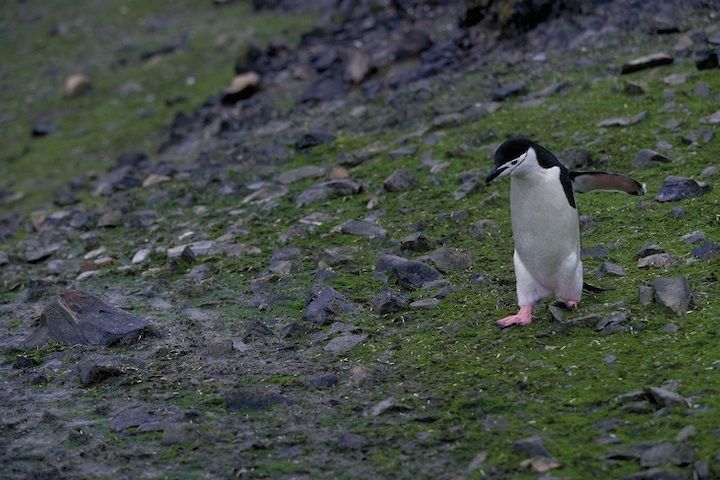Prasiola crispa
Prasiola crispa is a fresh water and marine green algae. Each individual plant is small but they usually grow side by side to form a green turf on rock surfaces. Among the algae present in the Antarctic ice-free areas, Prasiola crispa is the most commonly found organism and is among the most important primary producers on the continent of Antarctica.
Morphology
The morphology of these algae varies from unisserated filaments to stalks in the form of a tape, expanded blades or packages as colonies, which are characterized by a large phenotypic plasticity related to environmental factors.
During the course of the seasons, P. crispa needs to tolerate extreme environments, such as repeated freeze and thaw cycles, physiological drought, salinity stress, and high levels of UV radiation. However, the genes associated with these adaptive characteristics in P. crispa remain unknown.
Distribution
P. crispa occurs in hydro-terrestrial soils, in the supralittoral zones of continental Antarctica, where they form large and green carpets on the humid soil. P. crispa is mainly found adjacent to penguin colonies, where the soil is rich in guano, a substrate with a high incidence of uric acid and nitrogen compounds.
There are significant amounts of Prasiola crispa throughout Westarctica, especially in the coastal areas. In particular, the presence of P. crispa has been documented by recent scientific observations at the following locations:
